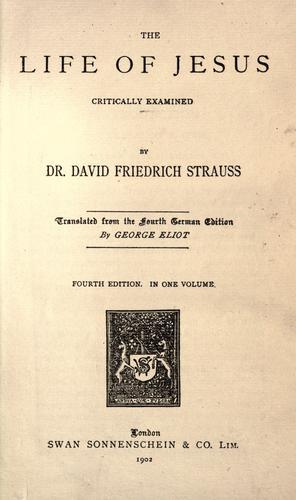
The book is called Daniel Deronda, so readers are excused if they are confused by the fact that, for the first third of the book, Deronda appears in one chapter before Eliot turns all her attention on Gwendolen Harleth.

Now in her last novel she gives us a glimpse of the emerging middle class. In the previous novels of hers that I’ve read, Eliot replicates the atmosphere of rural England as the echoes of the Industrial Revolution reverberated across its emptying fields. It’s easy to complain that fiction from a hundred years ago is too difficult to read because of changes in style or too difficult to comprehend because of cultural shifts, but Eliot’s command of imagery and characterization transcends all such barriers. (A friend suggested I should use the word “goddess”, but if we don’t call women actors “actresses” or “murderesses” any more, I’m going to phase “goddess” out as well.)Įliot’s ability to transport me to her contemporary Europe is nothing short of wizardry. Let me make this clear: George Eliot is a god. Eliot does not disappoint, and Daniel Deronda captivated me to the point that I began scribbling some notes in the margins of my lovely used copy. I wanted a meaty, socially-conscious novel with a diverse cast of well-realized characters. It’s fitting that when I was rummaging around my to-read box, I found Daniel Deronda, Eliot’s last novel.

Last year around this time, I read Adam Bede, George Eliot’s first novel.


 0 kommentar(er)
0 kommentar(er)
